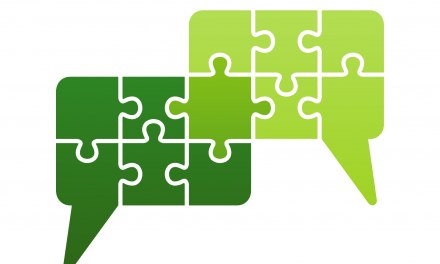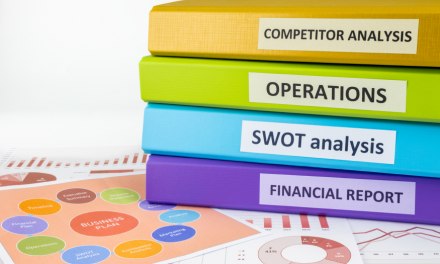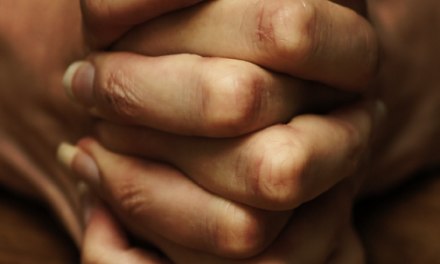I came across a helpful article on the website of an association of medical schools. The subject: The many ways in which the pandemic and its restrictions impact substance use. Definitely worth a look:
COVID-19 and the opioid crisis: When a pandemic and an epidemic collide
It’s clear one result has been a fast-climbing overdose rate. Forced isolation, plus the interruption in treatment and recovery activities — those are certainly factors. There are others, however. Including:
- Interruptions in drug supply: Most notably in the form of longer periods having to do without drugs, and the need to buy from unfamiliar (often untrustworthy) sources. Those conditions occur periodically among street users anyway. But the pandemic triggered them on a large scale.
- More solitary drug use: People using opioids at home on their lonesome cancels out much of the good from Opioid Outreach efforts. After all, what good is naloxone if nobody is around to administer it to the OD victim?
- Reduced residential treatment capacity: It’s reasonable to assume that a number of chronic users who would otherwise be safely housed in residential facilities are instead stuck on waiting lists due to bed limits related to the pandemic. Of course, many of the names on any waitlist have already dropped away and may well not be available when the call comes that a bed is waiting. That’s why if you’re on a wait list, call the program every couple days just in case an unexpected vacancy has arisen. You never know.
It’s not only opioid use that grows worse in a pandemic. According to another media report, an analysis of half a million drug tests revealed an increase of some 20% in methamphetamine use, and 10% for cocaine. That’s from March through May.
One explanation: chronic drug users will turn to other substances if and when their preferred drugs aren’t available. Whatever is handy that’s strong enough to satisfy drug hunger and/or temporarily suppress withdrawal. It’s about necessity.
The article also points out that someone new to recovery from addiction is especially vulnerable to a return to use, due to a mix of nervous system hypersensitivity and a decreased ability to find pleasure in the usual activities. That’s due to a kind of anhedonia also found in persons who suffer from clinical depression.
It’s quite a bind. If a return to drug use is the only sure way to feel good again, then relapse is going to seem a lot more tempting. Especially when you’re stuck alone at home, due to this freakin’ pandemic.
In fact, it’s a classic relapse trap. Over time, of course, the nervous system adjusts. That is, unless the individual keeps on relapsing.













